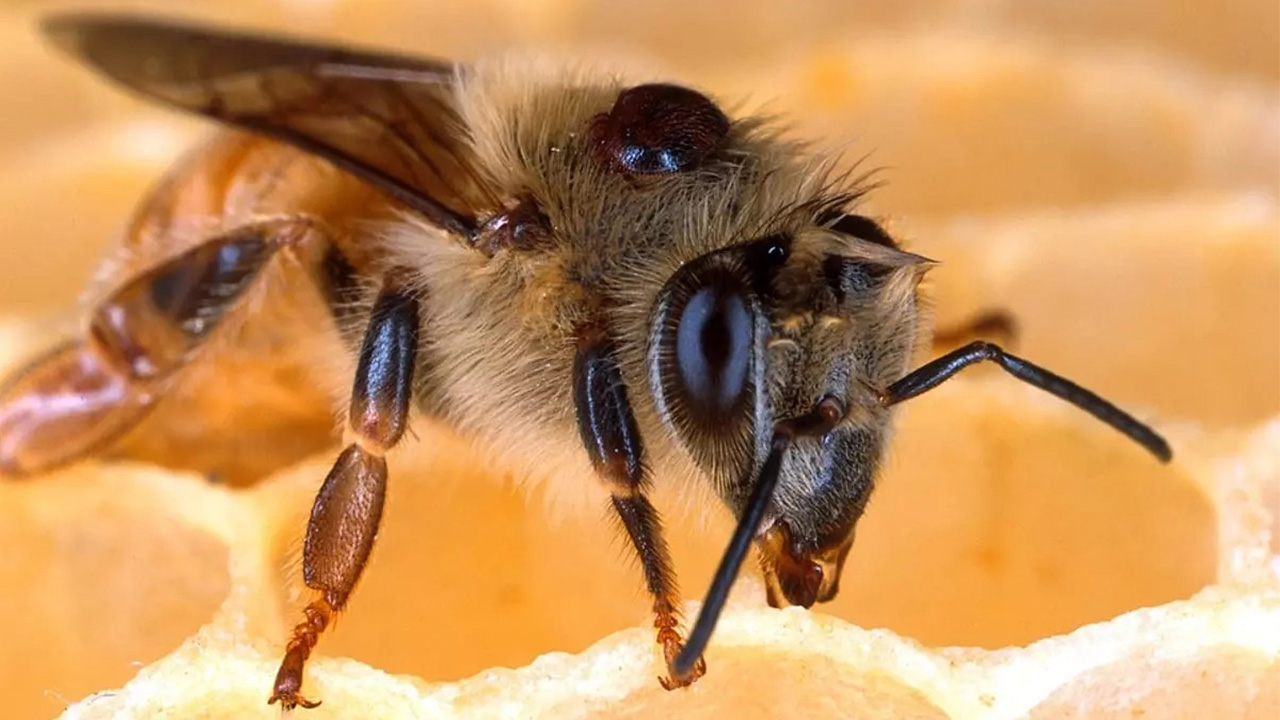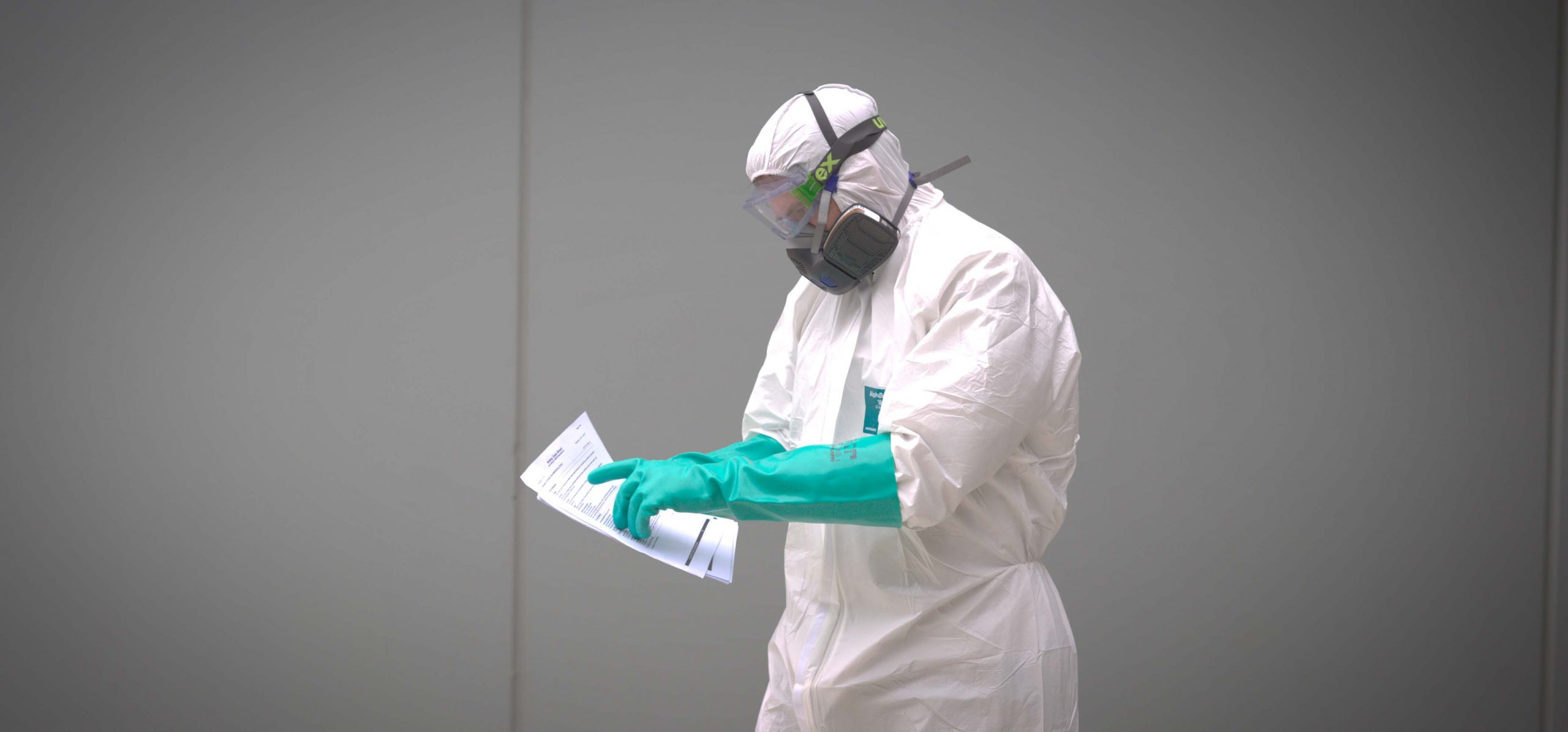 Australian cotton industry leads the way with identifying pesticide sensitive sites. In 2019 Cotton Australia implemented a new system to map sensitive crops and sites using an online system called SataCrop in partnership with Precision Crop Technologies (PCT).
Australian cotton industry leads the way with identifying pesticide sensitive sites. In 2019 Cotton Australia implemented a new system to map sensitive crops and sites using an online system called SataCrop in partnership with Precision Crop Technologies (PCT).
https://crop.satamap.com.au/
The system was trialled around Emerald, Queensland, during the 2018/19 summer season.
Prior to the SataCrop online system Cotton Australia manually mapped cotton crops each season and posted it on their website. This enabled anyone planning to spray to go online and identify where cotton crops were situated. This system was time-consuming and didn’t capture all of the cotton crops. SataCrop is user-implemented and allows growers and agronomists to map all their own crops and sites that are likely to be sensitive to pesticide drift such as cotton, pulse crops, vegetable crops, grapes and tree crops. Field boundaries can be imported from compatible software or entered manually using the polygon tool. ( https://www.youtube.com/watch?v=r6GwBWmjWpc ). With SataCrop there is no limit to field size and crop fields have a start (sowing) and estimated harvest date. Straight-line distances can also be measured between the proposed spray job and the down-wind sensitive site.
 Figure 1 SataCrop screen shot showing Yanco, NSW @ 15 November 2019. Orange = Soybean; white = cotton research plots; red = other summer crop – rice research
Figure 1 SataCrop screen shot showing Yanco, NSW @ 15 November 2019. Orange = Soybean; white = cotton research plots; red = other summer crop – rice research
Why is it important to map sensitive crops?
Mapping sensitive crops and sites gives growers and spray contractors the ability to check where sensitive crops and sites such as beehives and aquaculture might be in their vicinity. Using this information in combination with meteorological forecasts allows spray applicators to minimise the risk of drifting their pesticides onto these areas.
The minimisation of pesticide drift is important to reduce potential crop damage and also the contamination of agricultural produce from pesticides. Contamination of agricultural products is important due to increased awareness by both domestic and international buyers of Australian produce.
 Figure 2 Cotton damaged by 2,4-D drift.
Figure 2 Cotton damaged by 2,4-D drift.
Pesticide maximum residue levels (MRL) in produce are also now being used as non-tariff trade barriers. For example China has no set MRL for glyphosate in feed barley so this can be used to negotiate prices.
Recently Thailand banned the use of glyphosate, paraquat and chlorpyrifos so it is likely this will also affect the MRL for these pesticides on produce they import.
Grain buyers in Australia have also increased their monitoring of pesticides in grain. Monitoring residues is important because it:
- provides an estimate of the occurrence of residues in products
- identifies potential problems and indicates where action is required
Australia’s high levels of compliance with Australian and international standards gives us a commercial advantage of being seen as ‘clean and green’.
What other sensitive site mapping systems are?
Western Australia
The Department of Primary Industries & Regional Development (DPIRD) have a webpage ( https://www.agric.wa.gov.au/grains/sensitive-sites-western-australia ) where sensitive sites such as wine grapes, beehives, aquaculture and organic farms are mapped to potentially prevent unwanted chemical drift Unfortunately this system does not meet modern needs for two reasons. Firstly mapping occurs once a year compared with SataCrop which can be updated at any time by a grower or agronomist. Secondly and probably more importantly most broadacre growers are unaware of its existence.
 Figure 3 DPIRD WA sensitive sites web page screen shot – southern WA.
Figure 3 DPIRD WA sensitive sites web page screen shot – southern WA.
As they say, if you don’t know about it, does it exist?
Iowa, USA
The Iowa Department of agriculture and land stewardship partnered with non-profit company FieldWatch™ to provide an online registry tool to promote communications between producers of pesticide sensitive crops with pesticide applicators called Driftwatch®. They also have a separate system called Beecheck® ( https://www.iowaagriculture.gov/Horticulture_and_FarmersMarkets/sensitiveCropDirectory.asp )
This system has 1500 registered producers with 740 fields totalling 13,400 ha which include commercial vineyards, orchards, fruit and vegetables, commercial nurseries and organic crops. The minimum field size is 0.2 ha.
The future?
While SataCrop is currently paid for by Cotton Australia it would be great to see this system or something similar, being used across the Australian cropping belt. This would enable all pesticide users to reduce the risk of pesticide drift onto sensitive crops and areas. This type of system will be highly complimentary to the current efforts across Australia promoting pesticide drift reduction.
Some industries may be hesitant in having their crop locations and areas openly identifiable to the public or possibly their market competitors however the benefits will outweigh the risks for most producers.
For further information on SataCrop contact Ben Houghton ben@pct-agcloud.com
Story courtesy of Andrew Storrie, AGRONOMO



